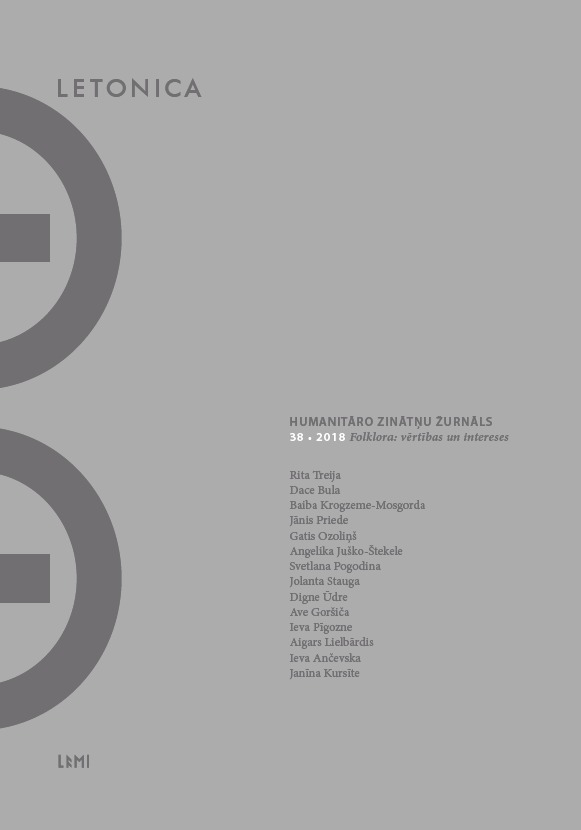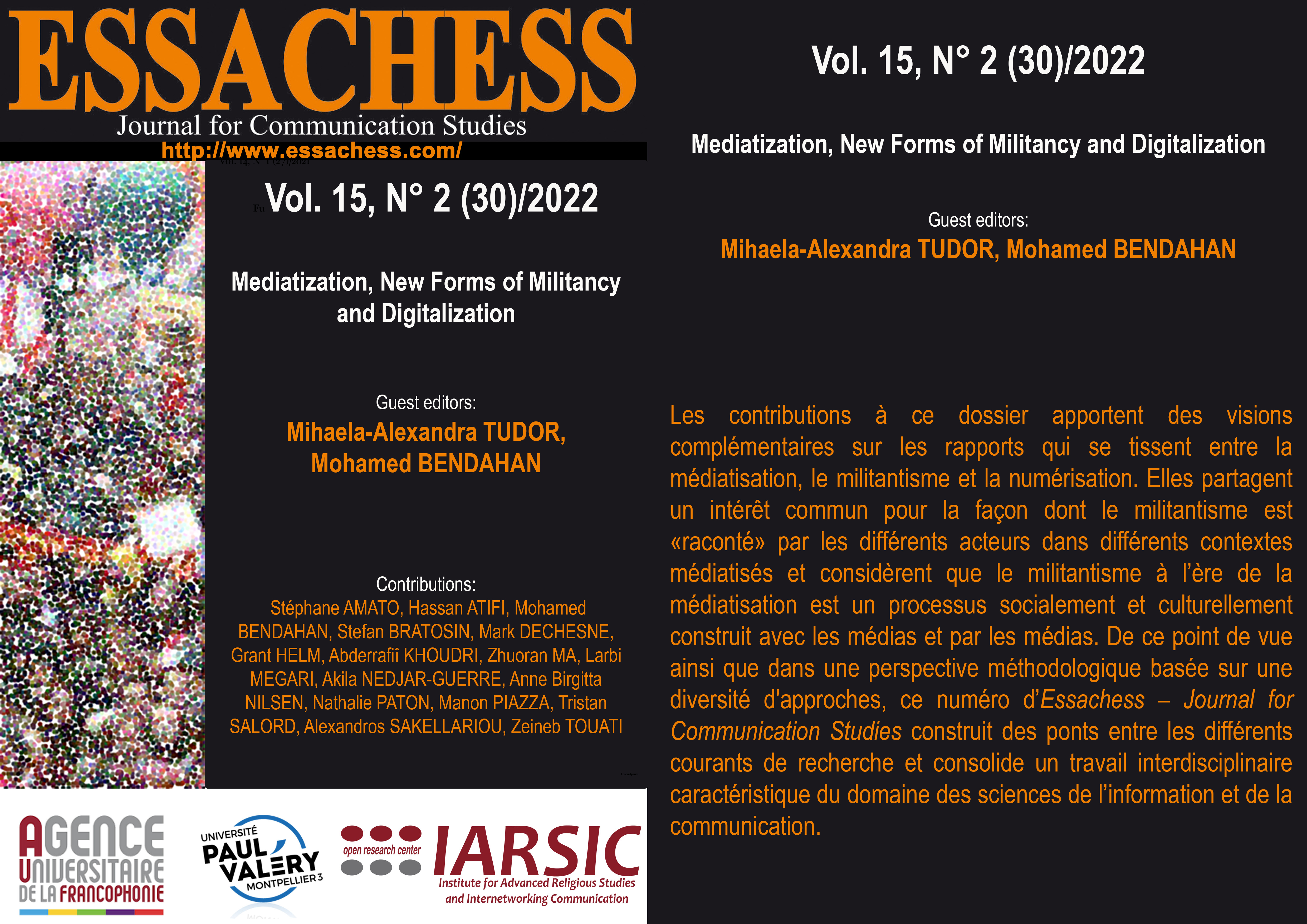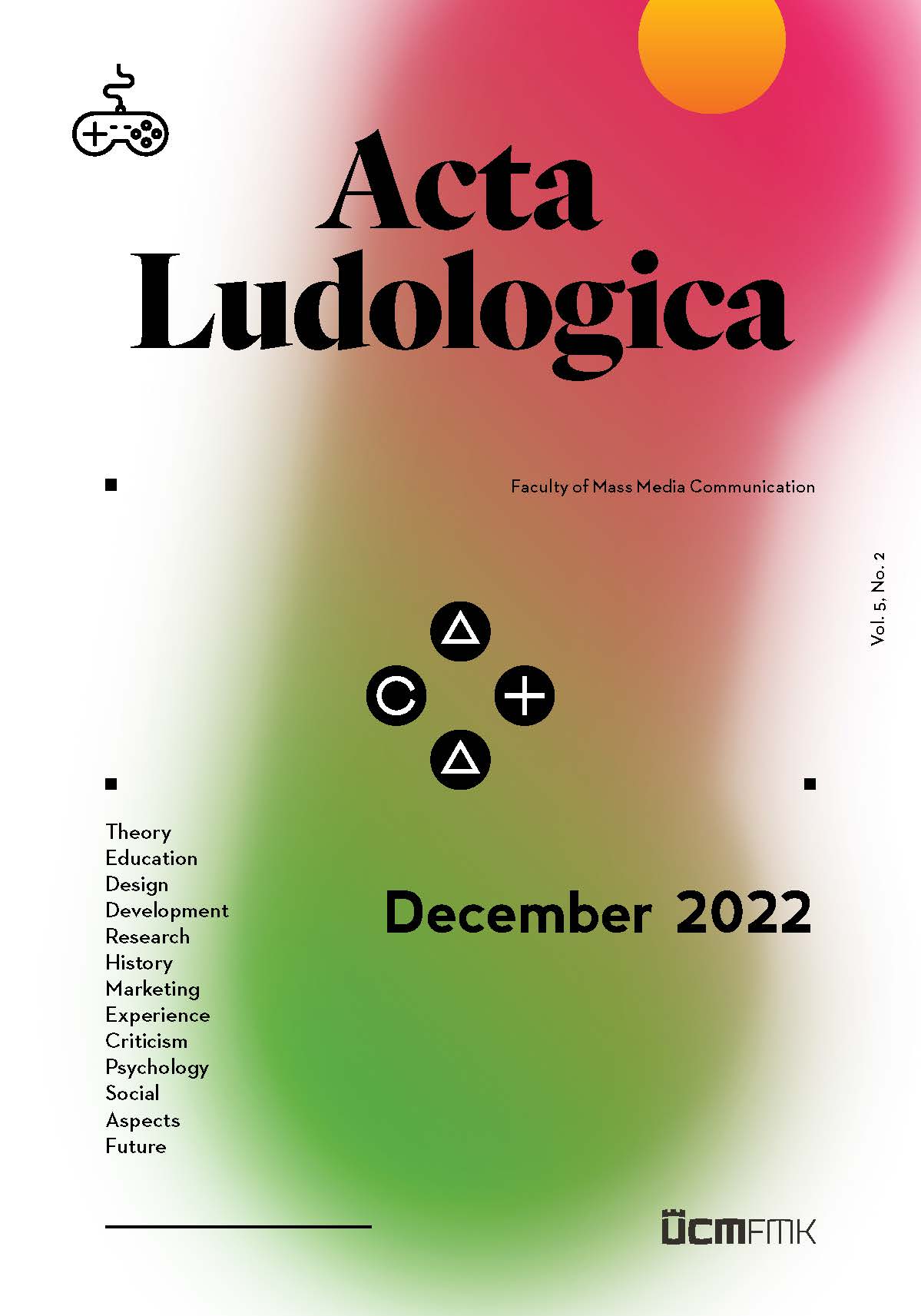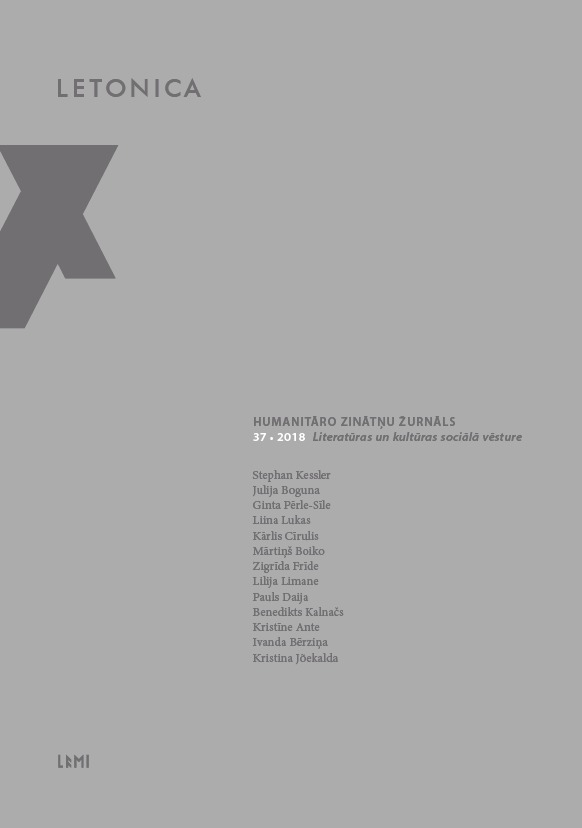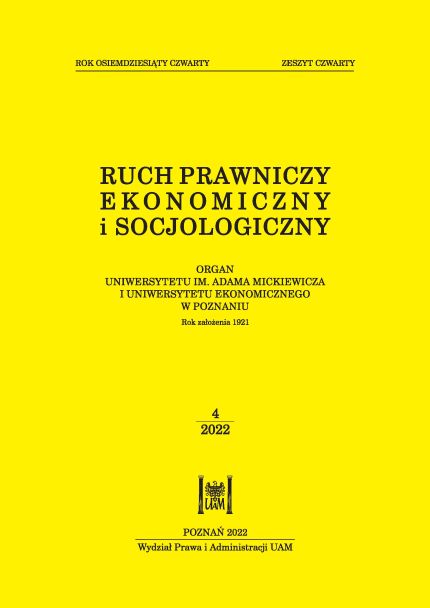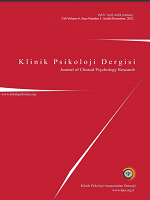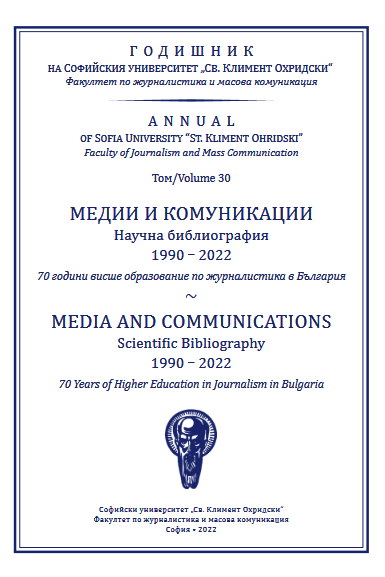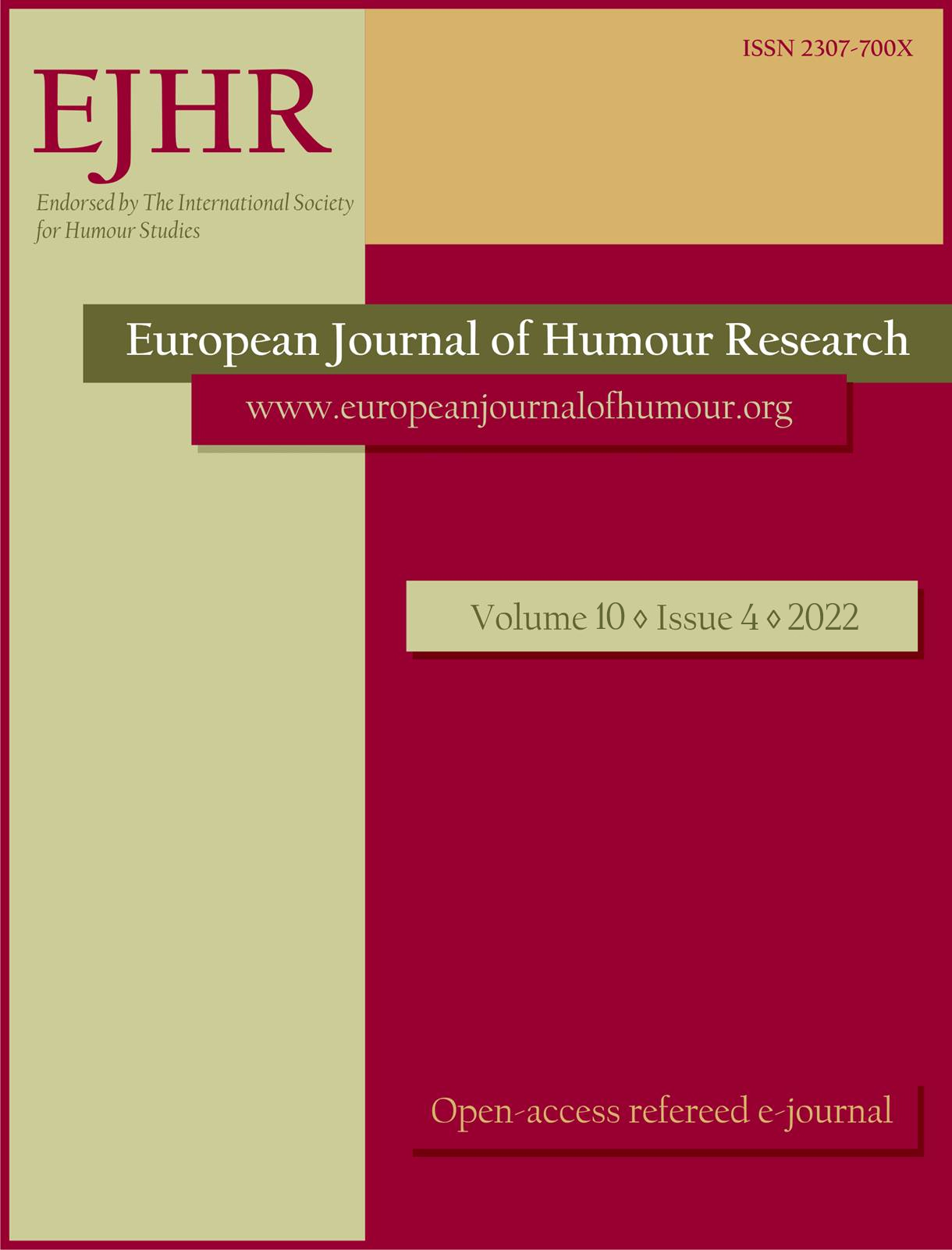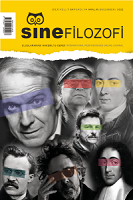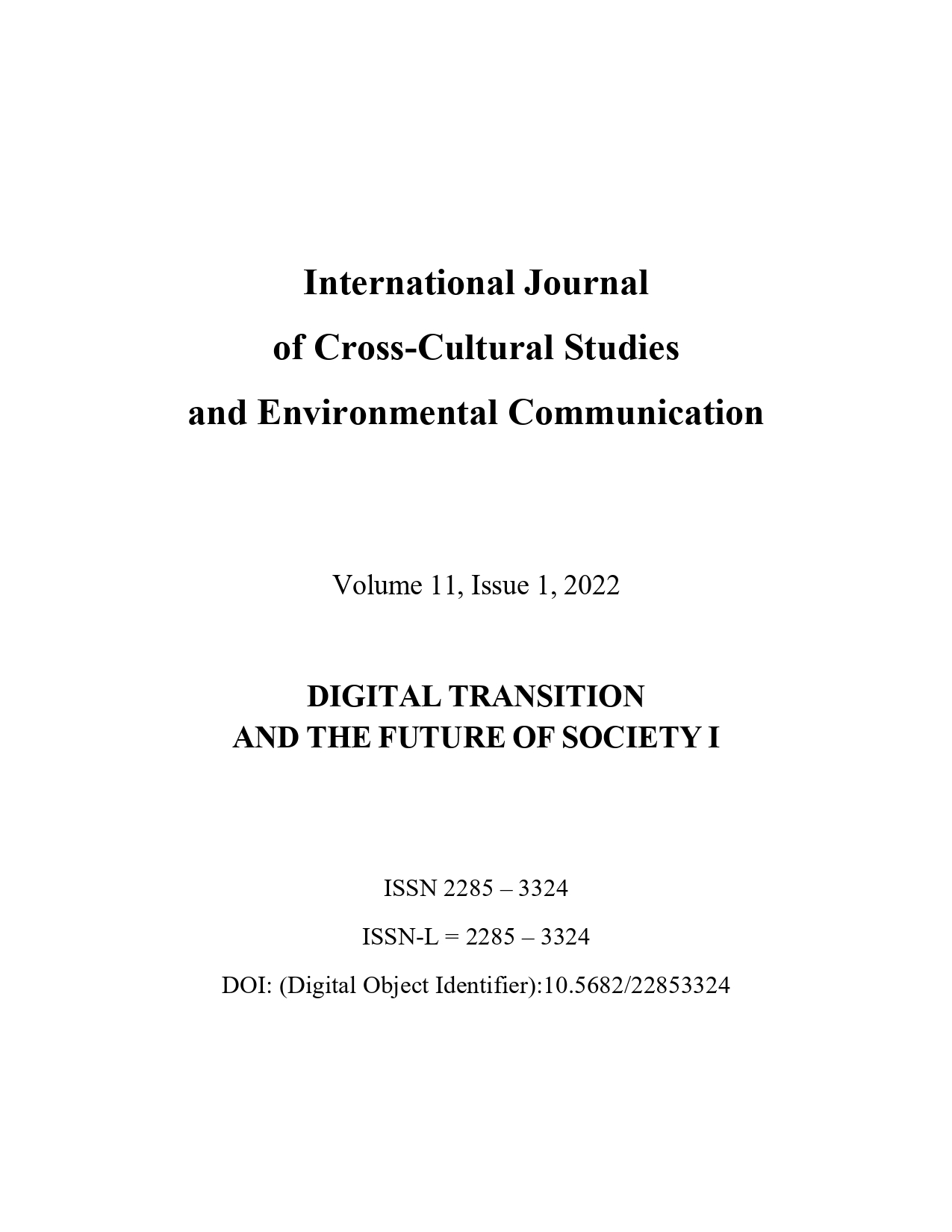Mitmuse osastava sid- ja si-lõpu varieerumise kasutuspõhine analüüs
This study investigates the choice between the partitive plural case sid- and si-endings as manifested in Internet Estonian. The sid-ending is grammatically correct in Standard Estonian, whereas the si-ending is not. However, the si-ending is known to occur in student essays as well as in online communications. The research question examined in this study was which words exhibit more variation in terms of the sid- and si-endings. The words were considered from the aspects of inflectional type, part of speech, phrase analogy, and position in the turn.The material analysed comes from new media texts available in the text corpora of the University of Tartu. The preference for the sid- or si-ending is explained from the usage-based theory. The results of the study indicate that sid- and si-endings tend to vary more if the words belong to the auto or ema inflection types. In part-of-speech terms, nouns vary more than adjectives. But it should be kept in mind that the analysed material included more nouns than adjectives. As for phrase analogy, the head depends on the modifier more frequently than the modifier depends on the head. According to the position in the turn, the sid-ending forms are more likely to occur at the end of the turn, while the si-ending forms rather belong to the beginning of the turn. The most frequent words preferring the si-ending over the sid-ending were image ‘image’, kalla ‘darling sl.’, mersu ‘Mercedes-Benz car’, musi ‘sweety, lit. kiss’, muuvi ‘movie sl.’, naiska ‘woman sl.’, noku ‘penis sl.’, norm ‘normal sl.’, pube ‘teenager sl.’, semu ‘buddy’, soovilugu ‘request song’, soprano ‘The Sopranos series’, spoila ‘spoiler’, sudoku ‘sudoku’, and vibu ‘bow’.
More...
